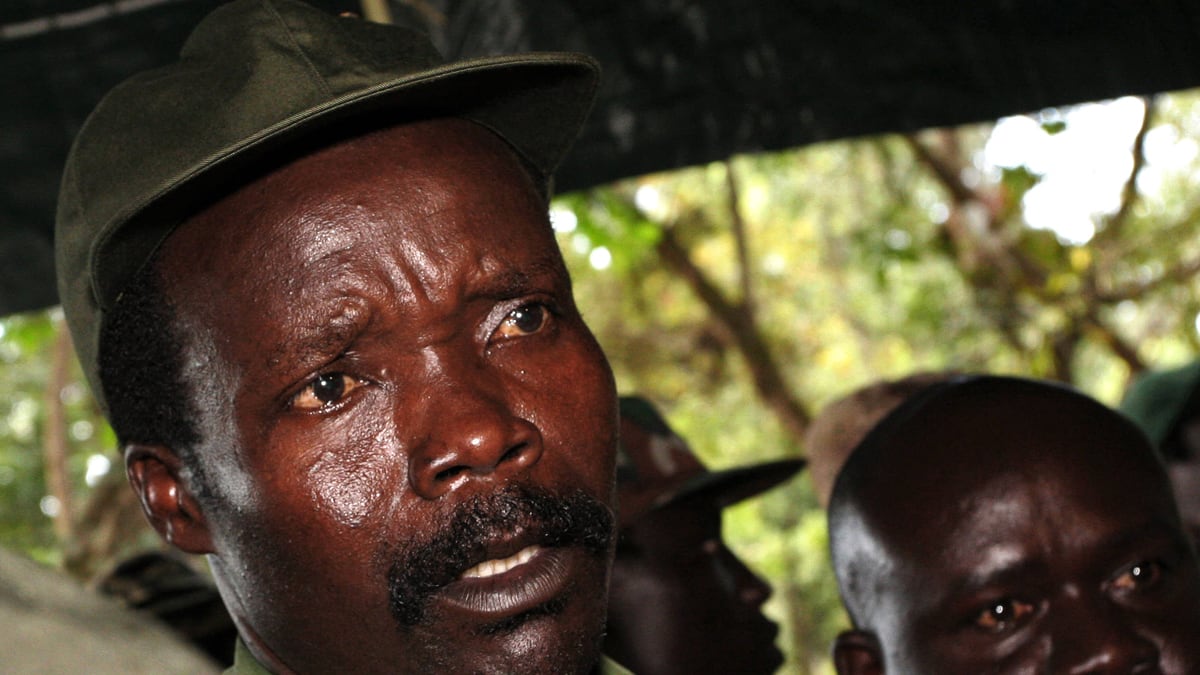I’ve been watching the media frenzy over the “Kony 2012” viral video now sweeping the Internet with a mix of interest and unease. I know a thing or two about Uganda’s troubled past. Born and raised in rural Uganda, I didn’t own a pair of shoes until age 11. By the time I was a teenager, I’d lost my whole immediate family—my mother to cancer, my father to AIDS, and my four siblings to preventable diseases like malaria and measles. As for Joseph Kony and his war, I grew up watching my brothers and sisters from northern Uganda fleeing to the south and central parts of the country with missing limbs, their lips, noses, or ears often cut off by Kony’s ragtag army of abducted children, who had eluded the well-trained Uganda People’s Defense Forces for more than two decades.
But this is not the reality of today’s Uganda. In fact, if you were to ask Ugandans about their concerns for the future of their country, Kony probably wouldn’t even surface in the conversation. After being indicted by the International Criminal Court for war crimes in 2005, Kony is said to have fled Uganda into the jungles of the Democratic Republic of the Congo and the Central African Republic. Sadly for the citizens of these countries, he still carries out random attacks there, but his army has been reduced to mere hundreds, and several of his top commanders have either been captured or killed.
For Ugandans, “Kony 2012” has reopened wounds that were well on their way to healing. Make no mistake: like nearly every Ugandan, I want to see Kony either captured and brought to trial or killed. In fact, I used to work as a volunteer for Invisible Children, the charity that produced the “Kony 2012” video and has a second one coming out today that will respond to criticisms that it exaggerated the number of victims or that it mishandled its finances. But the fact is, Kony is no longer a threat to Ugandans, and most of us working for a better Uganda would rather close this dark chapter of our history and move on.
Today the people of Uganda worry far more about whether their children will graduate from primary school, or whether they will have enough money to send them on to secondary school, than they do about Kony. Fortunately, there are solutions at hand. But I fear that videos like “Kony 2012,” along with news reports of Africa’s supposedly ceaseless woes, only detract attention from the ongoing rehabilitation and rebuilding taking place in northern Uganda. This work is being done by Ugandans themselves, with help from the government and NGOs such as BRAC, where I currently volunteer.
I also fear that focusing on Kony himself will detract attention from the conditions that created him in the first place. Kony was, like the dictator Idi Amin before him, a school dropout.

My advice to those able and willing to support Uganda: focus not on the monstrous figure of Kony, but instead on the problems that gave rise to him and their solutions, so that people like Kony and his Lord’s Resistance Army will remain where they belong—in history books.
Uganda still suffers from huge inequalities in its education system, which favors the wealthy and the urban at the expense of the poor and the rural. Our educational curriculum is an old colonial model that undervalues 21st-century work skills. We need more emphasis in the classroom on creative thinking, social and emotional learning, and entrepreneurship. This is particularly pressing because Uganda is the youngest country in the world, and less than 20 percent of its youth have formal-sector jobs.
Uganda also still lacks a functioning and equitable health-care system with enough practitioners both in primary and acute care, including physicians, nurses, and public-health professionals. There are more than 30,000 children affected by a mysterious “nodding disease” in the same region where Kony and his LRA once operated. Perhaps the “Kony 2012” video could have called upon health experts or philanthropists to help find a cure for this fatal disease instead of, or in addition to, demanding a manhunt.
This kind of work doesn’t get much media coverage, nor has it gone viral. It’s neither dramatic nor sexy. Dealing with Kony’s aftermath means, for instance, building new systems for education and health care in areas the government had difficulty reaching during the war. Yes, there are heroes who will help Uganda today, but it’s not just the Americans swooping in to take out Kony. BRAC, for instance, is a global development organization based in Bangladesh, born out of that country’s own devastation after its liberation war 40 years ago. It is also the largest (and probably fastest-growing) NGO in Uganda. Working in partnership with the MasterCard Foundation, it now touches the lives of 2 million Ugandans, a number on track to double by 2016. “Second chance” primary schools in the post-conflict zones in the north have already given 13,000 Ugandan students, including many of Kony’s former abductees, a new shot at education.
This is what we mean by rebuilding. And these are the kinds of partners Ugandans need—not looking upon us with pity, hoping to save us, but standing with us in solidarity as we build a better future.






